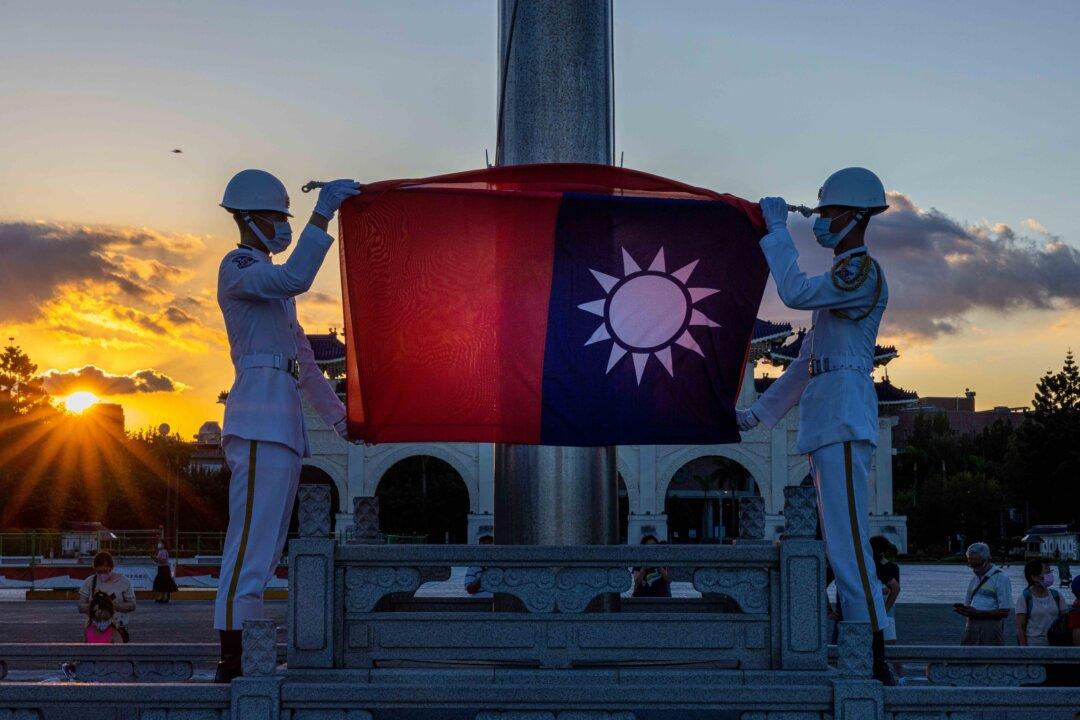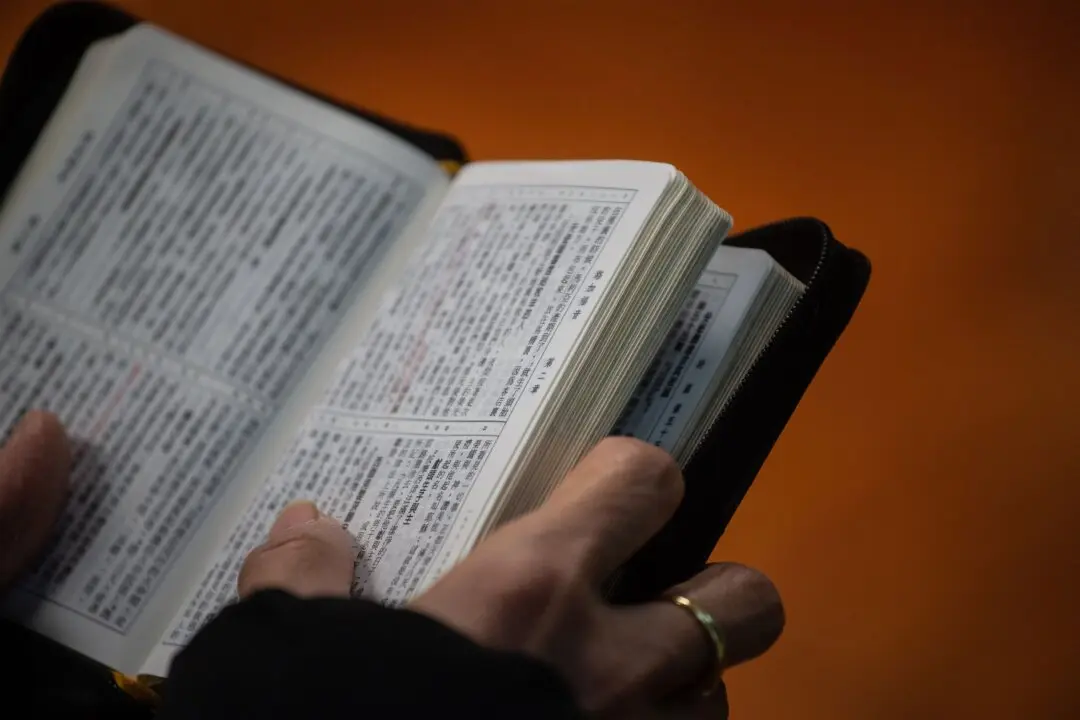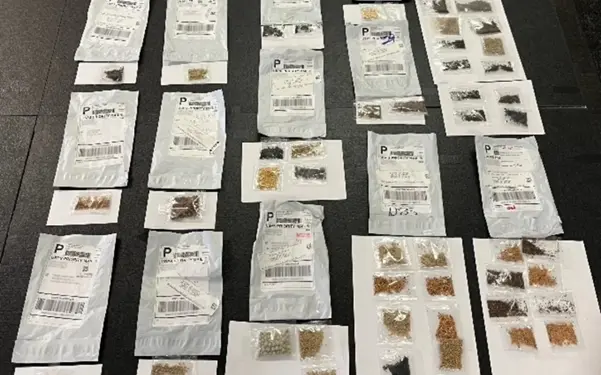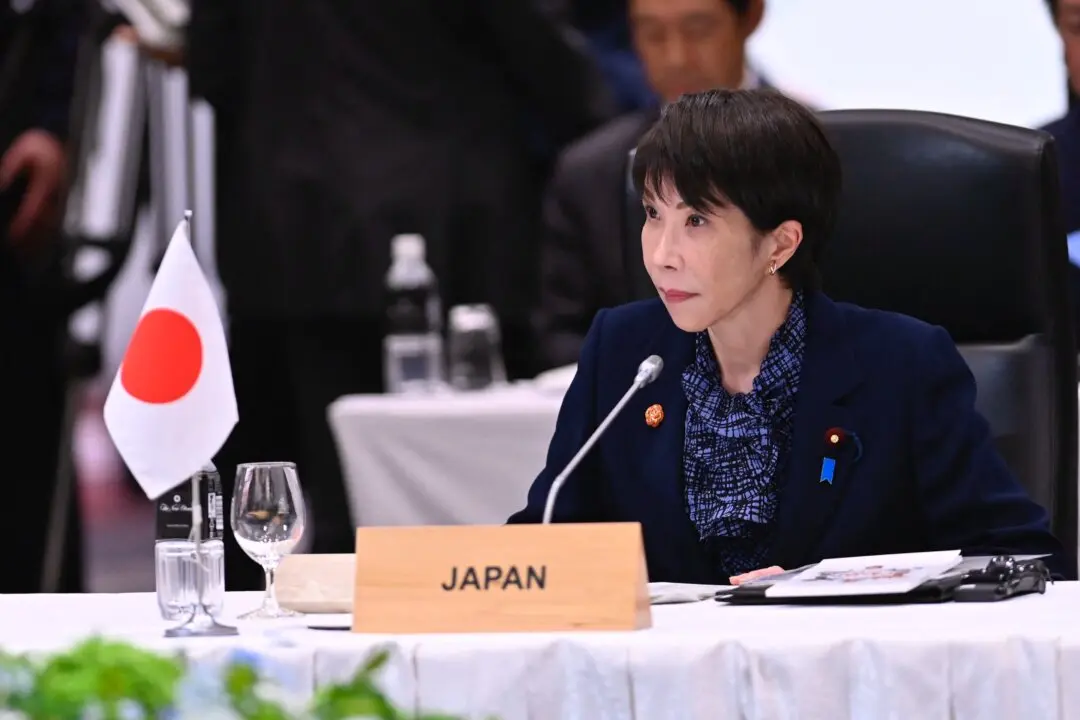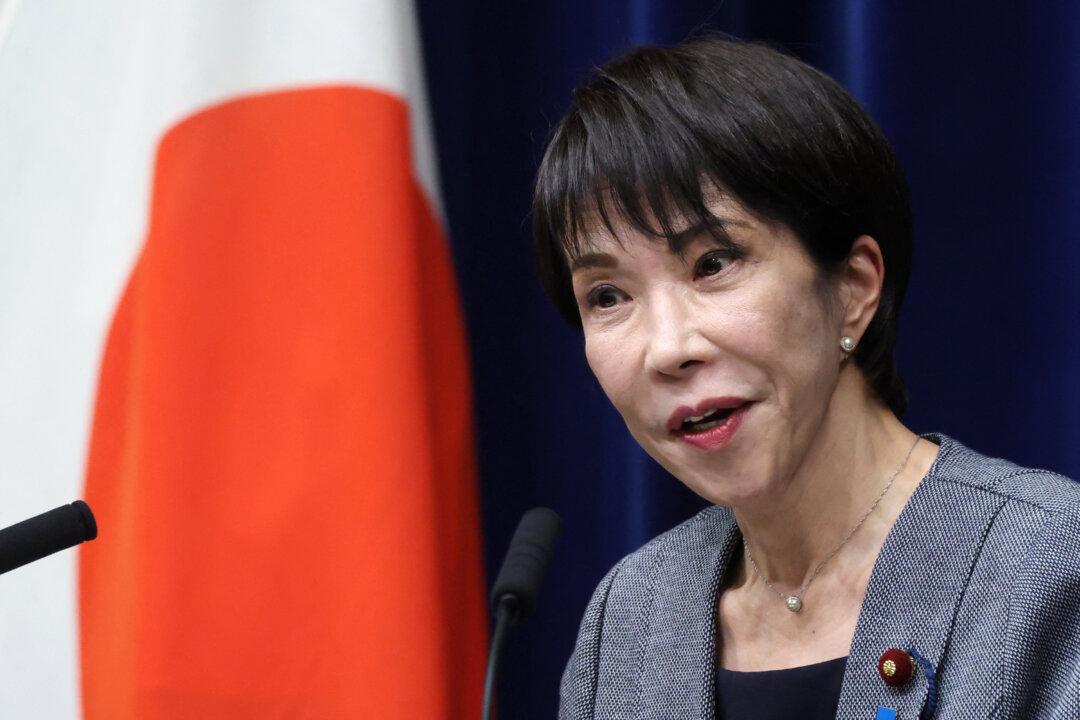Eight Chinese balloons crossed the Taiwan Strait in the 24 hours leading to the morning of Feb. 11, the defense ministry in Taipei said, the second day in a row that it has tracked an uptick in Chinese activity.
Five of the eight balloons crossed over the main island of Taiwan, according to the ministry’s daily report on the Chinese Communist Party’s (CCP) military activities.
